Ginny Kanka: Me and my cochlear implants
The vocal sounds I’ve heard have always come via hearing aids ever since the first one in 1949. The early hearing aids were amplifiers. Hearing people have explained that the vocal sound becomes more distorted the louder it gets. According to my hearing brain, the “distorted speech” sounds clear and normal to me.
From the moment I had my first hearing aid (consisting of two Ever Ready portable A and B batteries in a bag and a huge black receiver with a silver spring-clip – was this casing made of Bakelite?), I loved it. From that point on, to be without a hearing aid was total anathema to me.
By the time I was a teenager, the behind the ear (BTE) hearing aids were around but I was too deaf to have them. Over the next twenty years, the more powerful the BTE became the more deaf I became! Wearing the body worn hearing aid was the only option.
The usual home for my body worn hearing aid was in my bra. Pregnant in 1983, I was determined to have the BTE hearing aids as I wanted to be physically free to breast feed my babe-to-come. Shifting boobs was problem enough let alone the thought of shifting my body hearing aid around for breast feeding. Glorious it was to strut around at home in my bulging birthday suit with new NHS BTE hearing aids on.
By 1989, I was desperate for more powerful hearing aids and also wanting to know why I was losing so much of what was left of my residual hearing. An appointment was made to see Graham Fraser in 1990. Quite quickly, he suggested I look into cochlear implants (CI). That was shocking news. I had heard about CIs and they were being implanted in people with APHL (acquired profound hearing loss) who on the whole were the more successful recipients than those with congenital deafness.
Considering that the success rate for prelingually deaf people was poor, I refused to think about CIs; besides, I had a young son and I was not ready.
All my life, I have had tinnitus. As child, teenager and in my twenties, I didn’t know it was called tinnitus. Just noise of different kinds came into my ears often; I was not at all annoyed by them. I kind of saw them as friends who came and went. When they came, I simply said hi to them and put them out of mind. In other words, I could manage them.
Around 1993, the tinnitus changed and became sharper, shrill and bad tempered. Over time, the breaks between them became shorter and the noise longer lasting as if a Duracell battery would never run out. It sounded as if a million knives were scraping one another and a trillion of birds screeching; impossible to ignore them. Fed up with the harassment, I went to a tinnitus clinic – was it in 1995? I can’t remember. The consultant there took one look at me and told me to go to the cochlear implant clinic. Methinks, what an odd treatment.
As I had nothing to lose, I agreed to go for the cochlear implant. On switch-on day in April 1997, oh boy, it was wonderful! I heard no voice sounding like Donald Duck as usually experienced by new implantees. Hearing-wise, I was back to my time as a teenager with powerful body worn hearing aid.
In the meantime, I was in a state of surprise as the exhausting ‘evil’ tinnitus had stopped. It took me a while to get used to the sheer silence. Much later, I understood what had happened or rather a theory which made complete sense to me. If one loses a leg, the brain signals to the amputee that there’s pain in the non-existent leg, known as the phantom feeling. In my case, the more I lost what was left of my hearing, the stronger the ‘phantom’ noise became. Once my auditory brain got the noise back via my cochlear implant, it no longer had to make imaginary noise to feed itself. For that reason, a heartfelt vive la CI!
For several years, the CI body-worn processor, with a red light flashing for every sound heard, was tucked into my bra. In a way, I was sorry to say good bye to my red light district when I received an upgrade – a Cochlear™ Esprit 3G BTE processor, compatible to my internal Nucleus® 22 channel.
Wonderful opportunity came a few years later with another upgrade, a Freedom®. Eighteen months later, my auditory world changed when I had a convolutedly active face. I noted the facial spasm was in tune with whatever noise was going on around me, behaving just like how the body worn CI processor’s red light flashed.
One of the internal electrodes had turned rogue and was ‘hitting’ on my facial nerve. This electrode was turned off and all was fine. It happened again the following week, and another electrode was turned off and all was fine. Fascinating experience, I thought. Soon, it was not funny when it repeated again and again. My listening ability went downhill. I was just plain unlucky after fifteen good years with the cochlear implant.
Marisa and Jane, the two CI audiologists, worked really hard to get the best with various modes of stimulation and other adjustments. The comfort level (loudest sound heard and is tolerable) could not be enacted on the rogue electrodes. A new level – what shall we call it? – I call it “eyenotic” level*. The speech sound at eyenotic level is quieter than the comfort level but at least my face is calm.
*(no twinge or tic in my (right) eye, phonetically ‘eye-no-tic’)
By September 2012 after seven months with gorgeous Marisa and Jane trying every which way to improve my listening ability without triggering facial spasm, they finally suggested I have a think about a new internal implant.
Admittedly, I was put out of kilter when reimplantation was suggested – then relieved. As long as I remember how much easier and less tiring it was when I used to hear better.
My eyesight has never been brilliant since birth; I see well but on a smaller scale. I don’t see wrinkles unless I come close to people’s faces; in poor light, a magnifying glass helps. Since the onset with the problematic electrodes, when attending talks or stage performances which are supported by speech-to-text on screen or caption boxes, I noticed that seeing the text is worse because I can’t hear as well as I used to.
Beginning of October 2012, I contacted the CI team, asking them to kick start the funding scenario. Indeed, it is a gamble.
Why should it be a gamble? Would the reimplantation really solve the problem? CI team did say that the new internal slim line model would not splay impulses on my facial nerve. I’m not convinced.
When I had the implant in 1997, I had nothing to lose as I had the back up from my unimplanted side (left ear). At the time, it was the policy not to wear hearing aid as a crutch with the CI. The listening ability on the left had diminished, proven to me years later when the ‘policy’ changed tracks; I tried hearing aids and it was a no go area.
The meeting with the CI team was surreal. After discussion, Mr Lavy the surgeon confronted me with the definitive question. I have two choices, to go for it or not. I said that I have a lot to lose if I go for reimplantation and it goes wrong. The air in the room turned cool and the silence deafening.
Then a light bulb lit up on the surgeon’s face as he exclaimed how about an implant on the other ear. Oh my, everybody including me in the room – our minds were thinking – what a turn around. Perfect solution and I was so happy with the idea.
Funding came through and I had the operation and a month later, in June 2013, the switch-on (using the Nucleus® 5 system). I expected no miracles from the switch-on as the left ear brain hasn’t heard a thing for eon. Would it be three weeks, three months or three years before left side neurons cotton on to what they are supposed to do with the noise?
During the switching on process for the threshold level, at first I couldn’t hear a thing then I felt I had an auditory illusion which became real. As for setting up the comfort range, my emotion peaked, quivered and shocked as the left ear heard the sounds after a long gap of time.
Finally the switch-on came. Everything squeaked and beeped. I spoke and my voice beeped. This is ridiculous. Will, my son, said that my voice was normal. Beep, beep, beep. Where was the Donald Duck noise? Beep, beep, beep; perhaps just as well as I have no idea what Donald Duck sounds like!
Luckily for me as each time I heard a new noise at a certain frequency and decibel, the reawakened left auditory brain acknowledged the sound with a beep then never again.
The next three months was a time of sandwiches filled with ultra high delight at picking up new sounds (some no longer heard by the old side) and so low with frustration on managing the volume and sensitivity. Couple of the ‘electrodes’ on the new (aka sequential) CI did trigger twitching on the other side of my face and had to be set at eyenotic level and not, alas, at comfort level.
Though I concentrated on listening with just the sequential CI on and the old one off most of the time, I did practice with both processors on and the marriage between the two was stormy; the old side still wore the trousers.
Early August, CI audiologist explained that those who have a sequential (aka 2nd implant) all without doubt use the 1st CI ear as the main and preferred listening device. At that point, tears burst out. Damn it! It was my intention to stick out on the sequential processor and improve its listening ability, and obviously that had subconsciously put me under stress. Good riddance to my commitment scheme and I can now relax, using both and get their marriage to work.
Meanwhile I had been told that as I had my operation in May, I was eligible for the Cochlear™ Nucleus® 6 processor upgrade. Whoa! The opportunity came at end of August. Very simple swap over on the day and I also asked for the old side to be remapped, now more sure the whereabouts the twiddling should took place to make the processors’ marriage more heavenly.
The shaky honeymoon is over, and the binaural relationship is excellent. Neither side is showing who the aural boss is. The sequential ear needs more practice in recognising and identifying the incoming vocal sound (which is different from being “heard” and seeing it from lipreading).
When I think of Bakelite 78 rpm records and today’s music on iPods, I think of my 1949 hearing aid and today’s CIs. Stereophonic hearing delight indeed!

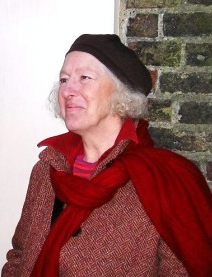

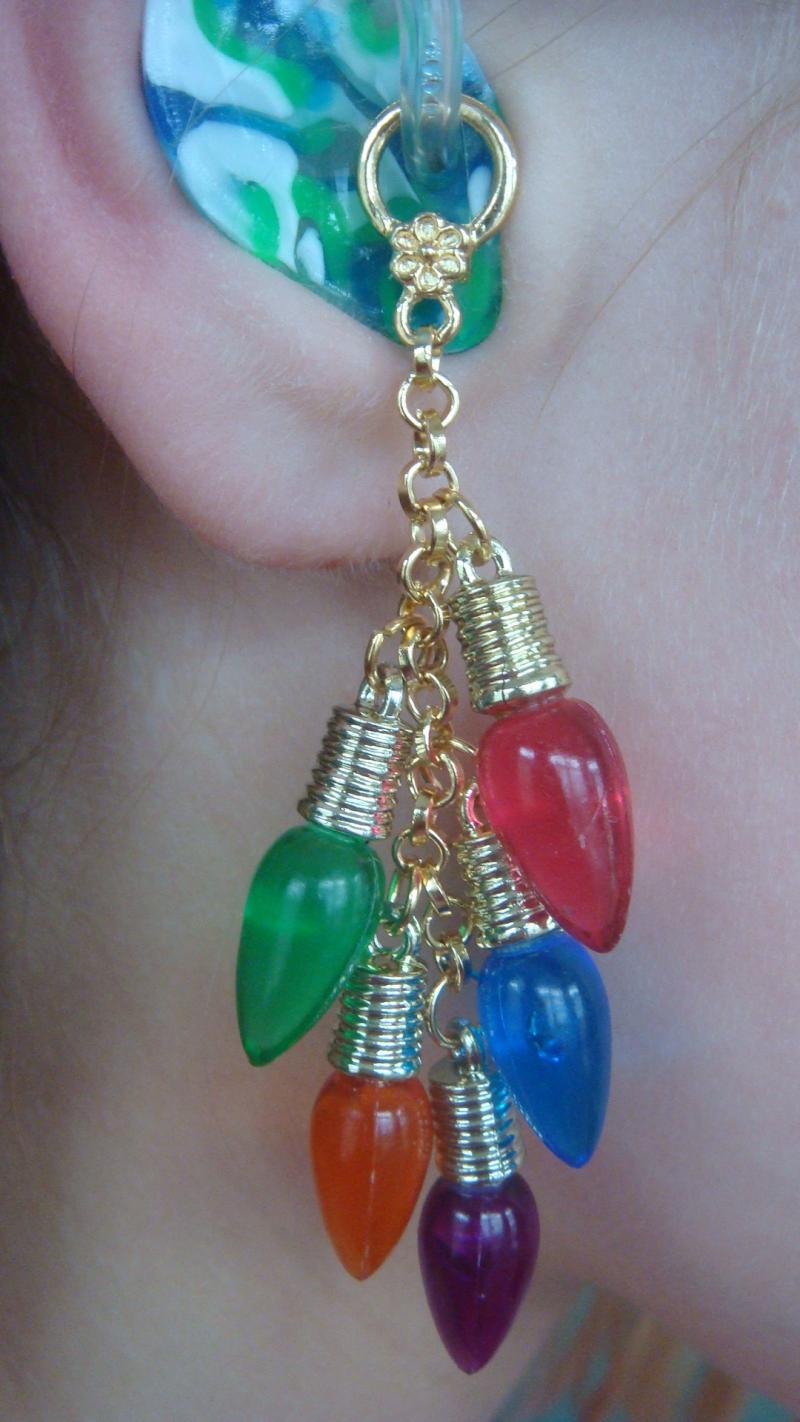


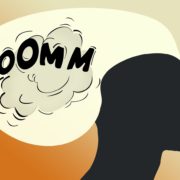
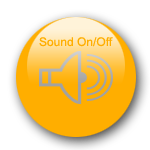
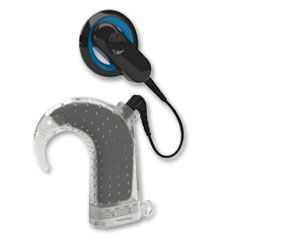
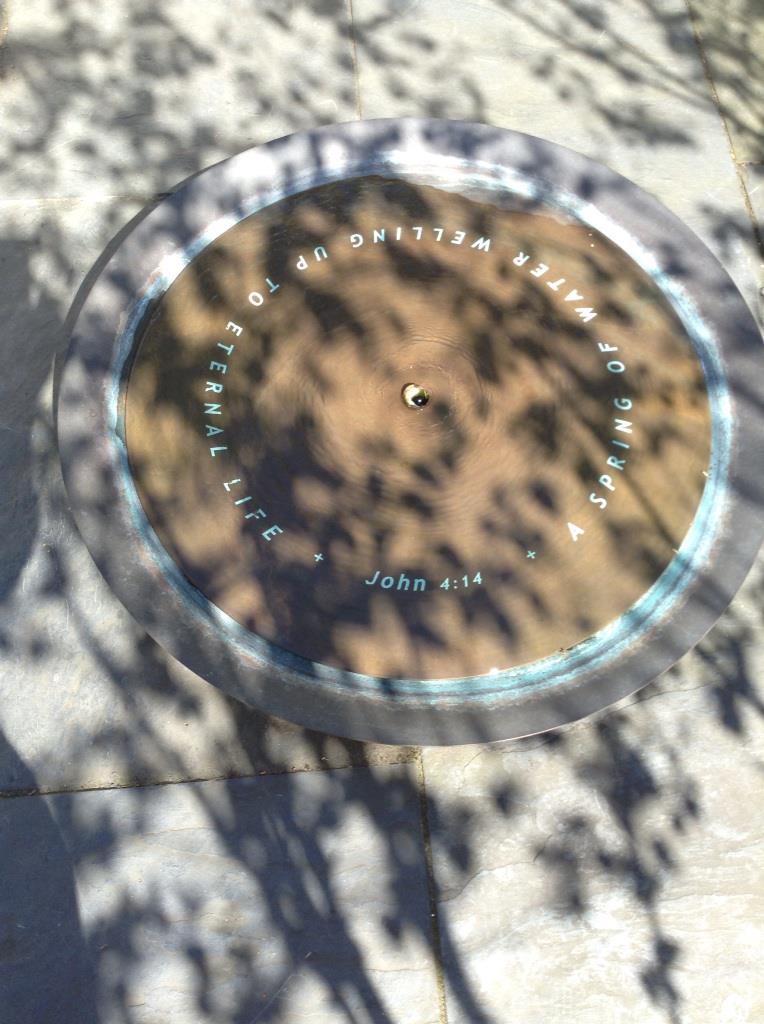
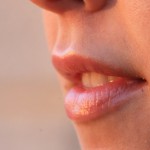

Leave a Reply
Want to join the discussion?Feel free to contribute!